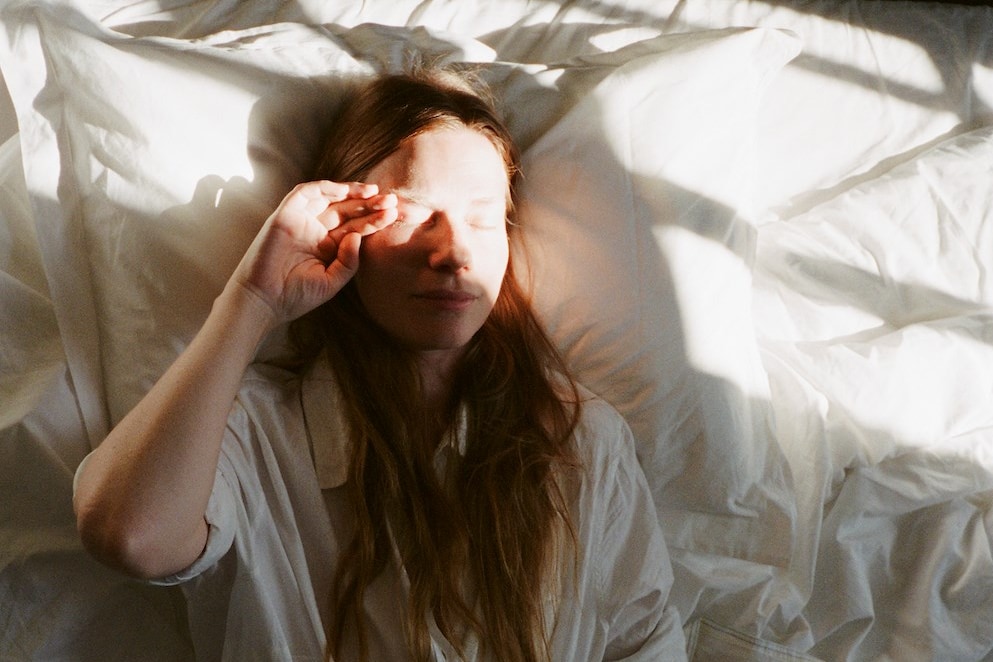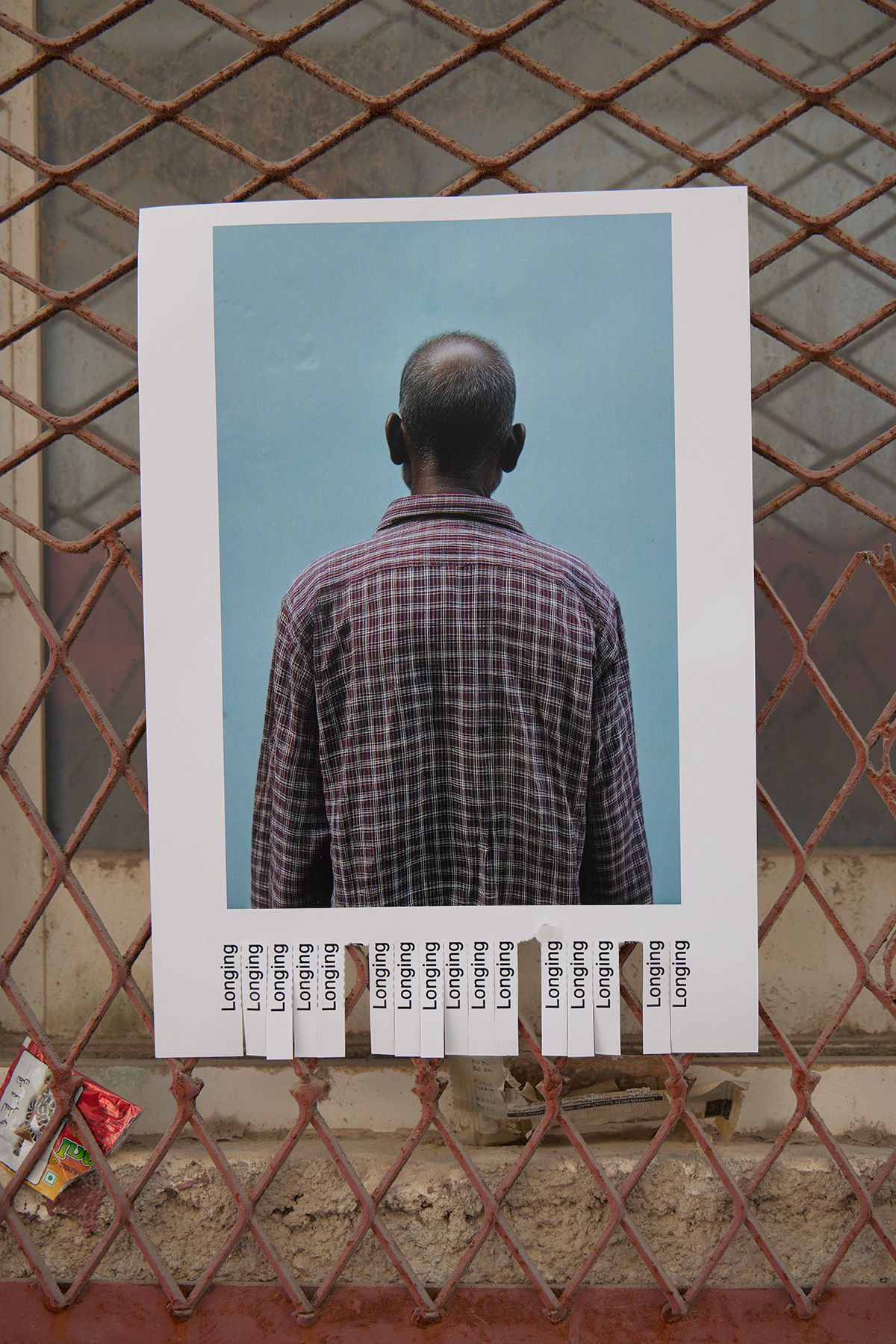#memory
#memory
[ follow ]
#grief #photography #family #identity #neuroscience #aging #loss #painting #hippocampus #mortality #mindfulness #music
Video games
fromInverse
1 day agoOne Of The Year's Best Games Finally Comes To The Nintendo Switch After A Game Awards Nomination
Despelote is an emotionally impactful narrative indie game about an Ecuadorian boy whose soccer obsession intersects with 2001 political unrest, presented through memory-driven vignettes.
fromThe Atlantic
5 days agoThe Atlantic 10: The Best Books of 2025
Deliberating over the Atlantic 10 list is, in some ways, a test of memory. Does a novel we read in January still thrill us? Does the reportage that impressed us midyear still feel surprising when we turn back to it in the fall? We're asking ourselves, in short, which books have kept our attention, sometimes months after we've first encountered them.
Books
fromNature
6 days agoThe 'silent' brain cells that shape our behaviour, memory and health
She imagined colleagues thinking, "Oh, that's the weird one who works on astrocytes," says Goshen, whose laboratory is at the Hebrew University of Jerusalem. A lot of people were sceptical, she says. But not any more. A rush of studies from labs in many subfields are revealing just how important these cells are in shaping our behaviour, mood and memory. Long thought of as support cells, astrocytes are emerging as key players in health and disease.
Science
fromwww.theguardian.com
2 weeks agoThings That Disappear by Jenny Erpenbeck review a kaleidoscopic study of transience
For while Erpenbeck adopted some of the features of the form apparently throwaway observations on daily life, such as minor irritation at the difficulty of sourcing proper splitterbrotchen, an unpretentious pastry now pimped for a more elaborate and wealthy clientele she consistently enlarged and complicated it. Into that recognisable tone of ennui and mild querulousness with which journalists hope to woo a time-pressed but disenchanted or nostalgic readership, Erpenbeck smuggled metaphysics, politics and history.
Books
fromVulture
2 weeks agoInitiative Has 18 Charisma, 19 Dexterity, 20 Strength
I'm listening to Saves the Day's Stay What You Are on the car CD-player, on the way to play Soul Caliber and hold hands with my boyfriend after school ... It's cold, and you can still hear the dull thud of the music from the goth club in the basement under the sushi bar, and I'm wearing a cheap polyester corset, and I think I'm about to be kissed
Arts
fromPsychology Today
2 weeks agoTrain Your Brain and Avoid These Thinking Liabilities
Mysterious mental misfires are not random and, in many cases, predictable and avoidable. Once you understand the neuroscience behind these common tasks, the confusion evaporates, and you can avoid the self-doubt and humiliation that often come from what we sometimes conclude are examples of individual stupidity. What appears to be a personal flaw is actually just your ancient brain navigating a modern world.
Science
fromwww.scientificamerican.com
3 weeks agoHow a 20-Year E-mail Time Capsule Delivered Messages across Decades
It's a question David Ewalt, Scientific American's editor in chief, was tasked with tackling long ago, where he was forced to look at memory, human connection and technology in a way that asked deeper questions about how we preserve information in the digital age and what it means to come into contact with our past selves. Hi, David. David Ewalt: Hi, it's nice to join you.
Science
fromFilmmaker Magazine
3 weeks ago"Every Contact Leaves a Trace" Director Lynn Sachs
Back to selectionEvery Contact Leaves a Trace, its title alluding to a basic principle of forensic science, is the latest cinematic exploration from experimental filmmaker and poet Lynne Sachs. Pairing this concept with seven (of the 600) business cards she's collected over the years, Sachs embarks on an investigation into "how an encounter with someone seeps into your way of thinking" (as she explains in a VO that runs throughout the film).
Film
fromBusiness Insider
4 weeks agoI got married 10 years ago. When I look back on my wedding gifts, I'm surprised by what stood the test of time.
I remember opening our bounty of wedding gifts vividly. Ten years ago, right after our wedding, my husband and I road-tripped to New Orleans for our honeymoon, and we passed the time on the road by opening a gift every hour or so. With every bit of tissue paper, we felt like the most well-loved people in the world. Friends and family gave us so many of the things we needed to set up our home and start our family. I thought for sure that every single kind gesture would be bright in my mind forever, but it turns out that many of the specifics of those gifts have faded and been replaced by the feeling of the warm glow of support I felt opening them, as my mind has filled up with 10 more years of life.
Relationships
fromItsnicethat
4 weeks agoWinston Hacking's "tonermorphs" are kaleidoscopic clay creatures created to push images as far as they can
Winston really pays tribute to the word 'morph', as his process involves printing images onto clay which he then shapes and photographs frame by frame to create a "sense of shifting, tactile movement", turning into bizarre animations that sometimes look like the evolution of brand new life forms. Focusing on memory, found imagery and the "tension between analog imperfection and digital control", his subjects bloom and curdle into lumpy clay creatures, some resembling people, others resembling plants in tendril-like movements.
Photography
fromTheoldguybicycleblog
1 month agoWhat Cyclists Really Think About on Long Rides
People ask me sometimes, "What do you think about out there?"-usually with a curious look, as if pedaling for hours must feel like watching paint dry. But it's not like that at all. The longer the ride, the more my mind opens up. The road doesn't bore me-it speaks to me. It quiets the noise of everyday life and lets the thoughts that matter most rise to the surface.
Mindfulness
fromBOOOOOOOM!
1 month agoPhotographer Spotlight: Kaitlin Maxwell
Los Angeles-based photographer Kaitlin Maxwell was raised in South Florida and experienced the passing of her father at a young age. Photography has been a way for Maxwell to navigate the world, find meaning and a sense of identity. Using natural light and a medium format film camera, Maxwell's practice is an intimate study of the human condition, rooted in a desire to understand what it means to be seen.
Photography
fromStuffed Memories by RightDesignInc.
1 month agoStuffed Memories by RightDesignInc.
A tattoo is an indelible mark, a permanent etching of a memory or a belief onto the body. We apply this concept to stuffed animals, which are often deeply intertwined with our personal histories. Through interviews with the owners, we uncover the unique stories and memories associated with each toy-where it came from, what it has witnessed. A tattoo artist then translates these narratives into a custom embroidery design.
Design
fromBOOOOOOOM!
1 month ago"the internal crusade" by Photographer Zexuan Zeng
Zeng was born in China and began studying Visual Communication at Shanghai Normal University in 2015. After working as a freelance artist and designer, Zeng moved to Germany to study at the Academy of Media Arts Cologne. His artistic interest lies in the boundaries between documentary and fiction, and the self-referential nature of memory. "the internal crusade" is a reflection of Zeng's upbringing and education.
Photography
Writing
fromwww.theguardian.com
1 month agoUnder the stuff I can't throw out is the stuff my parents couldn't throw out': novelist Anne Enright on the agony of clearing her family home
A childhood garage wall painting of a woman in a kimono triggers memory, family history, and reflections on deterioration and mortality.
fromTechzine Global
1 month agoAnthropic expands Claude's memory for paid users
Anthropic is now making the memory feature in Claude available to all Pro and Max users. The feature remembers projects and preferences, so you don't have to explain the same context every time. Anthropic is also introducing an incognito mode. The rollout means that Claude can retain context between sessions. The memory function was initially only available to Team and Enterprise users since its announcement in early September. Now, all paid users have access.
Artificial intelligence
fromThe Verge
1 month agoAnthropic's Claude gets a 'memory' upgrade
Anthropic says the goal is "complete transparency." Users will be able to clearly see what Claude remembers rather than "vague summaries," it said. Specific memories can also be toggled on and off or edited with natural conversation. For example, you could tell Claude to focus on specific memories or "forget an old job entirely." Users can also create "distinct memory spaces" that will keep various memories apart.
Artificial intelligence
fromwww.scientificamerican.com
1 month agoYour Brain's Memory of a Story Depends on How It Was Told
Tell me about what you had for dinner last night. There are different ways you could fill in the details of that story. You could give perceptual descriptions of how your food looked and tasted. Or you could focus more on conceptual experiences, such as what that food made you think and feel. In a new brain scan study, neuroscientists found that telling the same story different ways activates different memory mechanisms in the listener's brain, shaping how someone remembers what you told them.
Science
fromPsychology Today
1 month agoLet Music Be Your Medicine
The brain generates rhythms naturally. One way to confirm this is to record the brain's electrical activity. This electrical activity results from the passage of ions (particles with positive or negative charge, such as sodium and chloride, the components of salt) across brain cell membranes. EEG (electroencephalography), a painless and harmless technique using wires (electrodes) placed on the scalp to record this activity, has been around for nearly a century. EEG reveals that much of a healthy brain's electrical activity is rhythmic, not random.
Medicine
fromBOOOOOOOM!
2 months ago"Saccharine Idyll" by Artist Martina Grlic
My entire education, everything I had ever been told or had told myself, insisted that the production was never meant to be improvised: I was supposed to have a script, and had mislaid it. I was supposed to hear cues, and no longer did. I was meant to know the plot, but all I knew was what I saw: flash pictures in variable sequence, images with no 'meaning' beyond their temporary arrangement, not a movie but a cutting-room experience.
Arts
fromThe Art Newspaper - International art news and events
2 months agoAichi Triennale confronts war, memory and environmental collapse
At the sixth edition of the Aichi Triennale, which opened in Japan in September, wars and their effects loom large. The exhibition's title, A Time Between Ashes and Roses (until 30 November), comes from a line in a poem by the Syrian poet Adonis about the cycle of destruction and rebirth, observed through nature. It resonates throughout this year's event, where war, displacement, memory and the natural world are interwoven across venues in Aichi Prefecture, located to the west of Tokyo.
Arts
fromPsychology Today
2 months agoCurating the Cellar: Women, Wine, and the Art of Collecting
In "Consuming Place: Women, Wine and Imagination," Janine Aujard examined how women in England and Australia experience wine drinking not just as a gustatory pleasure, but as a medium for engaging with place, memory, identity, and imagination. She frames wine consumption as a cultural practice that allows women to "consume" spatial and temporal dimensions. In effect, they are drinking more than wine: They imbibe ideas of place, belonging, and time.
Food & drink
Arts
fromHi-Fructose Magazine - The New Contemporary Art Magazine
2 months agoMaud Madsen Explores the Gaps Between Memories - Hi-Fructose Magazine
Madsen's semi-autobiographic paintings place young adults in child-sized spaces to evoke complex, memory-driven emotions tied to childhood and adolescence.
Arts
fromColossal
2 months agoWorld War II Journal Entries Float in a Web of Blood-Red Yarn in Chiharu Shiota's 'Diary'
Large-scale installations of red thread and found diaries explore memory, mortality, connection, identity, displacement, and belonging through immersive, bodily, and archival material.
fromAnOther
2 months ago10 Must-See Films About Memory
Memory - like cinema, in Andrei Tarkovsky's conception of the form - can be seen as a kind of "sculpting in time". In such an understanding of the term, the process of remembering is less like taking books from a neatly ordered library shelf and more like an act of creation in and of itself, a complex pulling of threads to produce an image that is true only insofar as it expresses something deep about its maker's subconscious.
Film
fromPortland Mercury
2 months agoDo we have a child?
You have a radio head tattoo on the back of your neck. We both lived on s.e. 28th ave. We spent only one night together but I saw you months later in the frozen food section at Fred Meyer and you were pregnant. Was it mine? This was over 10 years ago. I'm in my late 40s now and never had any children. Just curious. I don't even remember your name anymore as it's been so long.
Relationships
fromBuzzFeed
3 months agoThis 1 Hobby Is Great For An Aging Brain, According To A New Study
The social aspect of music may be beneficial for your brain, too. Corbett also told Newsweek that the singers in the study had better complex task completion as they aged. But the study noted that the benefits that come with singing may also have to do with the social connections that are formed when singing with a choir or in a group setting. "Music doesn't usually happen in isolation," Fesharaki-Zadeh said. Think about it: Music is often played in a group, practiced with a teacher or performed for other people. That social interaction is one of those protective factors for brain health, he added.
Music
fromDefector
3 months agoDefector And Immaculate Grid Present: The Guys Of The 21st Century | Defector
The Grid, which challenges users to Remember A Guy that fits into various different categories every day, delivered an efficient if sometimes maddening way to scratch a mental itch that has been with me for more or less my whole life. At the very least, I'll generally do one in the morning to wake my brain up, and while I'm not sure that thinking about what teams Mike Fetters played for before breakfast is right for everyone, it absolutely works for me.
Major League Baseball
fromPsychology Today
3 months agoThe Emotional Benefits of Forgiveness
These researchers explored the influence of forgiveness on the memories of victims and perpetrators of a wrong. In particular, they explored whether forgiveness affects people's ability to remember the details of past events, whether they can remember the emotions they experienced in that past event, and also whether that memory still elicits an emotion. Across several studies, participants were given a prompt to remember a past event.
Psychology
[ Load more ]









